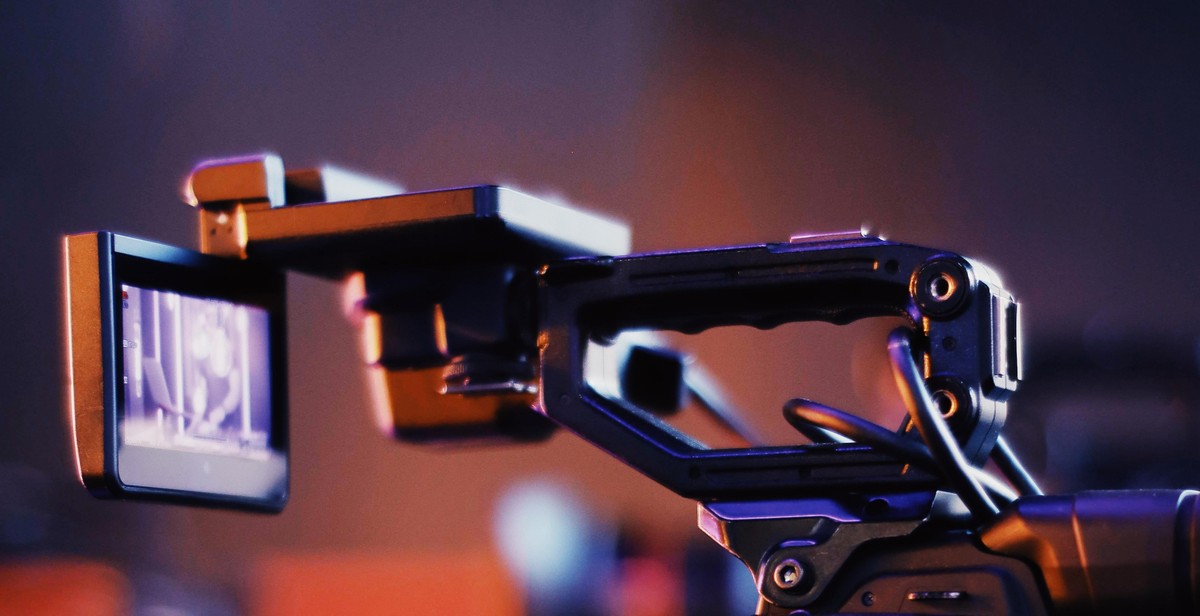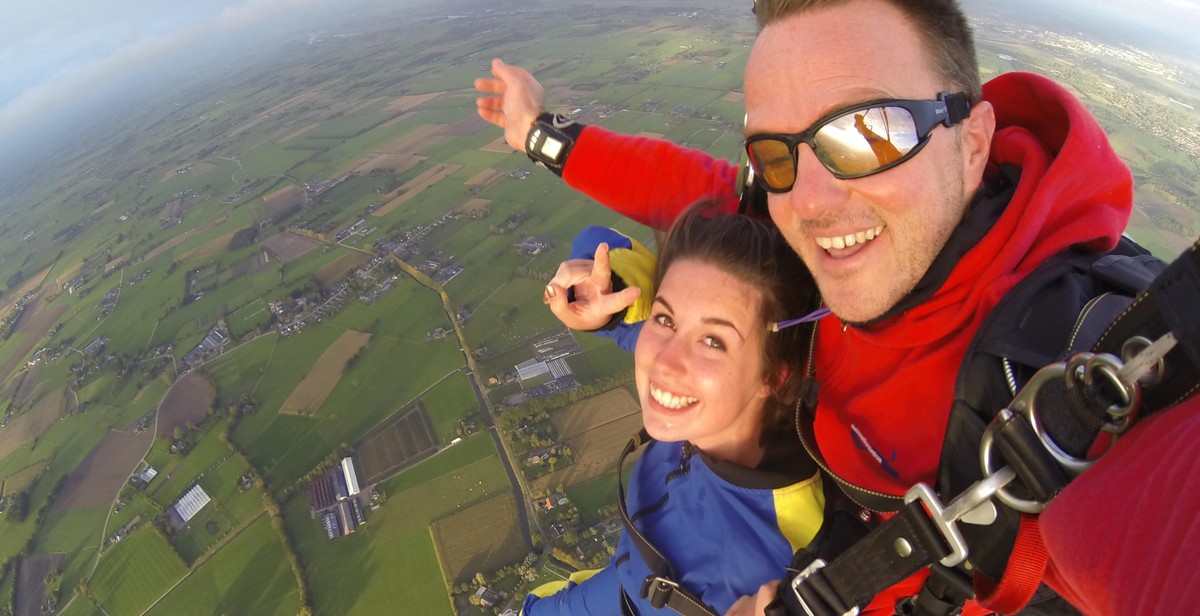How to Document Your Parachuting Experience: Tips for Capturing and Sharing Your Skydiving Adventures
As a professional article writer and content creator with over 10 years of experience, I have had the opportunity to document numerous adventurous activities, including skydiving. Skydiving is an exhilarating experience that can be captured and shared with others to relive the memory and inspire others to try it too. However, capturing the perfect shot can be a challenge, especially when you are falling at 120 miles per hour!
In this article, I will share my personal experience and provide tips on how to document your parachuting experience. Whether you are a professional photographer or just a thrill-seeker with a camera, you can capture stunning photos and videos of your skydiving adventure.
Why Document Your Skydiving Adventure?
Skydiving is a once-in-a-lifetime experience that you will want to remember forever. Documenting your experience not only allows you to relive the moment but also share it with others. Your photos and videos can inspire others to try skydiving and show them the beauty and thrill of the sport.
What to Bring for Your Skydiving Adventure
- A GoPro or other action camera
- A wrist mount or helmet mount for your camera
- A backup camera or phone with a camera
- Extra batteries and memory cards
By bringing the right equipment, you can capture your skydiving adventure from multiple angles and ensure that you don’t miss any of the action.

Why Document Your Parachuting Experience?
Parachuting is a thrilling adventure that can leave you breathless and exhilarated. It is an experience that is worth documenting so that you can relive the moment and share it with others. There are several reasons why you should document your parachuting experience:
Preserve Memories
One of the main reasons to document your parachuting experience is to preserve the memories. Parachuting is a once-in-a-lifetime experience for many people, and it is important to capture the moment so that you can look back on it in the future. By taking photos or videos of your skydiving adventure, you can relive the excitement and adrenaline rush of jumping out of a plane.
Track Progress
If you are a frequent skydiver, documenting your parachuting experience can help you track your progress. You can take note of the different jumps you have made, the altitude you jumped from, and any new techniques or skills you have learned along the way. This will help you improve your skills and become a better skydiver.
Share with Others
Finally, documenting your parachuting experience allows you to share it with others. You can share your photos and videos on social media, or create a scrapbook or photo album to show your friends and family. Sharing your experience can inspire others to try skydiving and can be a great conversation starter.
Overall, documenting your parachuting experience is a great way to preserve memories, track progress, and share with others. Whether you are a first-time skydiver or a seasoned pro, taking the time to document your experience is well worth the effort.

Choosing the Right Equipment for Documentation
When it comes to documenting your parachuting experience, choosing the right equipment is crucial. There are two main types of equipment you’ll need: a camera and a mounting system.
Camera Options
There are several camera options available for documenting your skydiving adventure:
- Action Cameras: These cameras are small, lightweight, and designed for capturing high-action footage. They’re perfect for skydiving because they can be mounted to your helmet or body and won’t get in the way during your jump. Some popular action camera brands include GoPro, DJI, and Sony.
- Point-and-Shoot Cameras: These cameras are more traditional and offer higher image quality than action cameras. However, they’re bulkier and harder to mount. If you choose to use a point-and-shoot camera, make sure it has a strap or lanyard so you can secure it to your body.
- DSLR Cameras: These cameras offer the highest image quality of any camera type, but they’re also the largest and heaviest. They’re not recommended for skydiving unless you have extensive experience and the proper mounting equipment.
Mounting Options
Once you’ve chosen your camera, you’ll need a mounting system to secure it during your jump. Here are some popular mounting options:
| Mounting Option | Pros | Cons |
|---|---|---|
| Helmet Mount | Provides a stable and secure mount for your camera | May interfere with your helmet’s fit or ventilation |
| Chest Mount | Allows for a unique perspective and can capture your facial expressions | May be uncomfortable or restrict your breathing |
| Wrist Mount | Allows for easy access to your camera’s controls | May not provide a stable enough mount for high-action footage |
Ultimately, the camera and mounting system you choose will depend on your personal preferences and level of experience. Make sure to practice with your equipment before your jump to ensure you’re comfortable and confident with it.

Preparing for the Jump
Before you jump out of a plane, it’s important to check your equipment to ensure that everything is in good working order. This will give you peace of mind and allow you to focus on capturing your skydiving experience.
Checking Your Equipment
Make sure to inspect your parachute and harness thoroughly before you jump. Check for any signs of wear and tear, such as frayed straps or holes in the fabric. If you notice anything amiss, don’t hesitate to ask your instructor for a replacement.
It’s also important to check your camera equipment to make sure that it’s securely fastened and won’t come loose during the jump. Double-check that your batteries are fully charged and that you have enough storage space for your photos and videos.
Planning Your Shots
Before you jump, take some time to plan out the shots you want to capture. Think about the different angles and perspectives you want to include, as well as any special effects or filters you want to use.
If you’re jumping with a group, coordinate with your fellow skydivers to make sure that everyone is on the same page. You don’t want to miss out on any key moments because you weren’t in the right position or didn’t know what was happening.
Consider using a checklist to make sure that you’ve captured all the shots you want. This will help you stay organized and ensure that you don’t forget anything.
- Check your equipment before you jump
- Inspect your parachute and harness for any signs of wear and tear
- Make sure your camera equipment is securely fastened and has enough storage space
- Plan out the shots you want to capture before you jump
- Coordinate with your fellow skydivers to make sure everyone is on the same page
- Consider using a checklist to stay organized
By taking the time to prepare for your skydiving adventure, you’ll be able to capture amazing photos and videos that you can share with others for years to come.

Capturing Your Jump
When it comes to documenting your parachuting experience, capturing the perfect shot is essential. Whether you’re a seasoned skydiver or a first-timer, there are a few tips to keep in mind to ensure you get the best footage possible.
Positioning Yourself
One of the most important things to consider when capturing your jump is your positioning. You want to make sure that you are in the right place to get the best shot possible. If you’re jumping with a group, it’s important to communicate with your fellow skydivers to ensure you’re all in the right position.
When it comes to solo jumps, you’ll want to position yourself in a way that allows you to capture the full experience. This means finding the right angle to showcase the beauty of the scenery and the thrill of the jump.
Framing Your Shots
Another important factor when capturing your jump is framing your shots. You want to make sure that you’re capturing the entire experience, from the initial jump to the landing. This means getting creative with your shots and finding unique angles to showcase the jump.
One great way to do this is by using a wide-angle lens. This will allow you to capture more of the scene and give your footage a more immersive feel. You can also experiment with different framing techniques, such as shooting from above or below, to add more depth to your shots.
Recording Video
If you’re looking to capture your jump on video, there are a few things to keep in mind. First, make sure you have a high-quality camera that is capable of recording at high frame rates. This will allow you to capture the action in slow motion, which can add a dramatic effect to your footage.
It’s also important to use a stabilizer to keep your shots steady. The last thing you want is shaky footage that is difficult to watch. Finally, don’t forget to capture the audio as well. The sound of the wind rushing past you and the exhilaration of the jump can add a powerful element to your footage.
- Position yourself in the right place to get the best shot possible
- Use a wide-angle lens to capture more of the scene
- Experiment with different framing techniques to add more depth to your shots
- Use a high-quality camera that is capable of recording at high frame rates
- Use a stabilizer to keep your shots steady
- Capture the audio to add a powerful element to your footage

Editing and Sharing Your Footage
After capturing your exhilarating skydiving experience, the next step is to edit and share your footage to relive the moment and show it off to your friends and family. Here are some tips to help you through the process:
Choosing Your Best Shots
Before you start editing, it’s essential to choose the best shots from your footage. Review all your raw footage and identify the most exciting and memorable moments to include in your final edit. You can use a video editing software like Adobe Premiere Pro or Final Cut Pro to trim down your clips and select the best shots.
Editing Your Footage
Once you have selected your best shots, it’s time to edit your footage. Use the editing software to trim, cut, and arrange your clips to create a story that captures the essence of your skydiving adventure. Add some background music, sound effects, and titles to enhance the viewing experience.
Remember to keep your video short and sweet, between two to three minutes, to maintain your audience’s attention.
Sharing Your Adventure
After editing your footage, it’s time to share your adventure with the world. You can upload your video to social media platforms like Facebook, Instagram, and YouTube or share it with your friends and family through email or messaging apps.
Make sure to use relevant keywords and hashtags when uploading your video to increase its visibility on search engines and social media platforms. You can also create a blog post or article about your skydiving experience and embed your video to share your story with a broader audience.
| Pros | Cons |
|---|---|
| Easy to share with friends and family | May not reach a broader audience |
| Can increase visibility on social media platforms | May receive negative comments or feedback |
| Can create a blog post or article to share your story | Requires time and effort to create and share |
Overall, editing and sharing your skydiving adventure can be a fun and rewarding experience. By following these tips, you can create a memorable video that captures the essence of your adventure and share it with the world.
